Magazine
Do You Exfoliate Before or After Shaving?
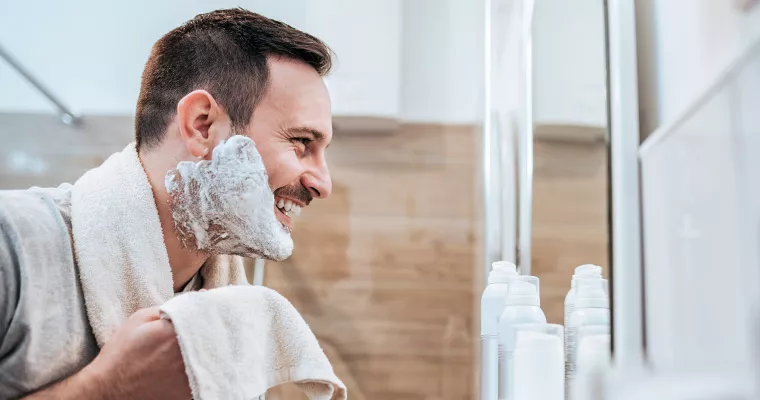
Exfoliation has been around a lot longer than you may think. Egyptians were using pumice stones and scrubs made from sand or plants to exfoliate their skin. The concept of exfoliation has stayed the same, but there have been some changes since then.
Mainly, we have a better understanding of how to exfoliate safely based on every man’s unique skincare needs and how to incorporate the procedure into modern skincare regimens.
Today, Particle will be explaining how to safely incorporate exfoliating into your routine.
What Is Exfoliation?
Exfoliating is the process of removing unwanted residue like dead skin cells, dirt, and excess sebum from your skin. If your skin is left untouched, it can cause your pores to clog and can increase the chances of your skin becoming irritated.
You can develop several different forms of acne from this buildup, including whiteheads, blackheads, pustules, papules, and cysts. Even when these blemishes heal, you can be left with unwanted scars.
While no one wants to deal with blemishes or scarring, exfoliating can help keep your skin healthy and clean.
Types of Exfoliation
There are two different forms of exfoliation: mechanical and chemical.
Mechanical exfoliation is when you use tools to buff away buildup from your skin’s epidermis. Popular tools include sponges, brushes, and gloves.
Chemical exfoliation is when you use chemical solutions made with Alpha hydroxy acids or Beta hydroxy acids to dissolve buildup from the outermost layers of your skin.
While exfoliating can make a major difference for your skin’s health, it can damage your skin if it’s done incorrectly. One result of incorrectly exfoliating may lead to your skin’s natural pH balance being disrupted. This may result in your skin drying out or becoming even oilier than it was before. This can lead to microtears, breakouts, and irritation.
To avoid all of this from happening, you need to choose the right method of exfoliation based on your skin type.
What Are the Different Skin Types?
There are five skin types: normal, sensitive, dry, oily, and combination.
To determine your skin type, you need only analyze the characteristics of your skin.
If your skin tends to have few distinguishable features, appears balanced, and is neither excessively dry nor oily, you have normal skin. Normal skin is not typically prone to breakouts, irritation, or sensitivities.
If your skin tends to be red and has burning or itching sensations, you have sensitive skin. Sensitive skin tends to react poorly to more substances than other skin types. It can become irritated by any number of ingredients, materials, or dyes.
If your skin tends to feel tight and rough, you have dry skin. Dry skin usually will appear dull and can sometimes look flaky. The scaly nature of your skin may exacerbate the appearance of fine lines on your skin and feel itchy or irritated.
If your skin tends to look shiny and feel greasy, your skin type is oily. Oily skin is typically the result of overactive sebaceous glands producing more sebum than any other skin type. Oil will normally gather on your T-Zone, sometimes resulting in breakouts.
If your skin tends to have both dry patches and pools of oil, you have combination skin. More specifically, oil tends to gather on the T-Zone while the remaining areas feel rough or dry.
What Type of Exfoliation Should I Choose?
Based on your skin type, one exfoliation method may work better than another one. It might take some trial and error and some research to figure out what methods work best for you.
- Normal Skin: You are more or less welcome to select whichever method of exfoliation that you prefer.
- Dry Skin: Mechanical exfoliation can be too harsh and even more drying. Instead, try chemical exfoliation and use a solution containing an alpha hydroxy acid.
- Oily Skin: The strength of mechanical exfoliation can help you break through the additional layer of sebum built up on the skin.
- Combination Skin: Your skin will most benefit from a combination of both mechanical and chemical exfoliation. You can switch between the two or use a tool with a chemical solution.
- Sensitive Skin: It can be tricky to select the right method for you. A mild chemical exfoliant should help you to exfoliate without irritating your skin.
Applying Your Exfoliant
Before applying your exfoliator, you need to cleanse your skin to create a clean palette. We suggest using Particle Face Wash to help you get the job done.
Our face wash is designed to help men wash away dirt, oil, and grime, exfoliate the skin, and leave it feeling fresh and hydrated. The cleanser is made with premium ingredients that help keep your skin feeling and looking clean. This is ideal for setting your exfoliator up for success.
For example, Allantoin helps to heal dry skin and protect damaged cells. This is perfect for prepping your skin for the exfoliation that is to come. The Aloe Vera reduces skin irritation and uses vitamins and minerals to replenish your skin. This provides your exfoliator with a fresh start. And finally, Glycolic acid helps with pigmentation and gets rid of dead skin cells. This ingredient provides your exfoliator with extra support by removing dead skin cells.
Once your skin has been properly cleaned, all of the product has been rinsed from your face, and your skin has been pat dry, you can move on to exfoliation.
This is when you should utilize the exfoliating method of your choice, or more importantly, the one that best suits your skin type.
If you have facial hair, you can also take this time to exfoliate your beard using an exfoliating brush. This brush can distribute oils throughout your facial hair, detangle your beard hair, and prevent dandruff from forming.
Shaving
If shaving is part of your grooming routine, it’s best to shave after exfoliating. Exfoliating can make the shaving experience easier by opening up your hair follicles.
If you have a beard, try trimming it before using your razor. Trimming your facial hair down close to your skin will allow your razor to do a more effective job. If your facial hair is too thick or long, the razor may not be able to reach the root of the hair and, in turn, will not provide you with a proper shave.
Another factor that can cause irritation is using the wrong razor. Manual razors are known to provide you with a closer shave, but electric razors are less likely to result in ingrown hairs. Electric razors also minimize the chances of cuts and speed up shaving time by forcing hairs upwards before cutting them.
Preparing For Your Shave
Prep your facial hair by soaking it with warm water and shaving gel. You can do this by placing a soaked washcloth over your face and allowing it to sit for a few moments. Warm water in combination with exfoliation should be enough to open up your hair follicles.
Whichever razor you decide to use, make sure that you are rinsing the blade between every stroke. Shave in the direction that your hair naturally grows. Shaving with the grain will minimize the chances of razor burn.
After Shave Routine
Once you have finished shaving, it is important that you moisturize your skin. This is especially important when your skincare regimen includes both exfoliating and shaving. While both are beneficial for your skin in different ways, they can put your skin through quite a lot.
To ensure that your skin stays nourished, you must use a quality face cream. Since hydration is key, we suggest using Particle Face Cream. Our premium 6-in-1 anti-aging cream uses cutting-edge technology to provide every man with a handsome and healthy complexion.
Particle Face Cream uses premium ingredients to provide you with a full facial treatment that reduces the appearance of wrinkles, eye bags, reduces dark spots, and moisturizes the skin.
Our product is beneficial for post-exfoliation and shaving care. The formula is specifically engineered to soothe skin previously shaved or exfoliated. For example, the formula includes Jojoba oil which uses soothing properties to calm the skin. Shea butter is extremely nourishing and can successfully moisturize even the driest skin. Lactic acid helps to improve natural moisture levels and your skin texture.
As you can see, Particle Face Cream can have your skin locked and loaded with moisture after a nice, close shave. Hello, Handsome!
Conclusion
Overall, it is easy to incorporate exfoliating into your skincare routine as long as you know what you are doing.
If you are hoping to reap the benefits of exfoliation, the first step should be to select the right method for you. Identify your skin type and then utilize an exfoliation method that closely suits your skin’s unique needs.
Then, remember to exfoliate at the right time. Cleanse your face first and shave afterward. With a little practice and a few adjustments, you should be enjoying your smoother, healthier skin in no time.
Sources:
How to safely exfoliate at home | AAD
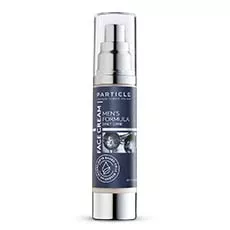
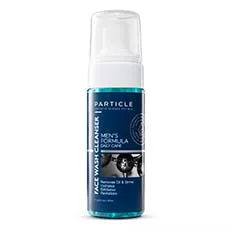
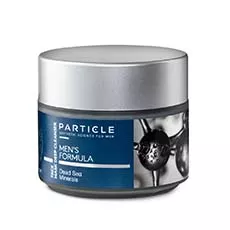
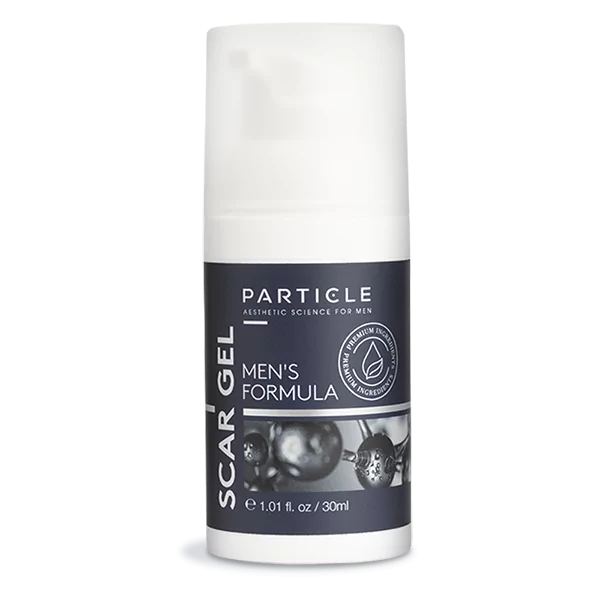
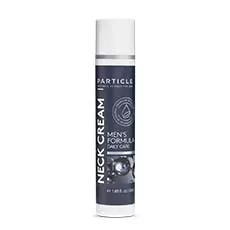
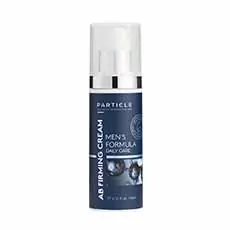
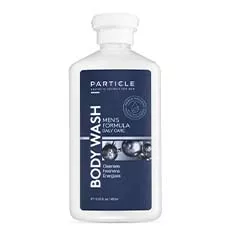
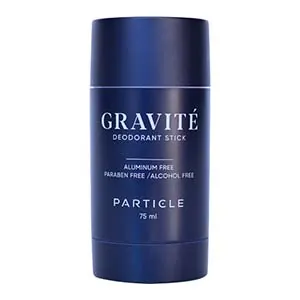
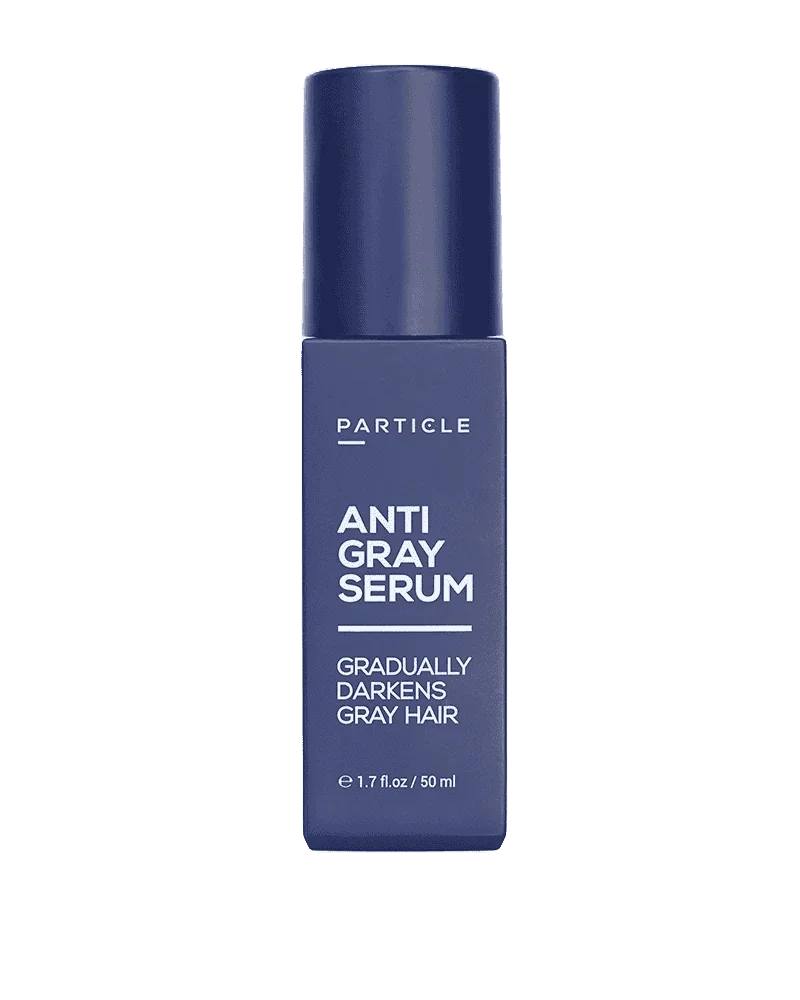
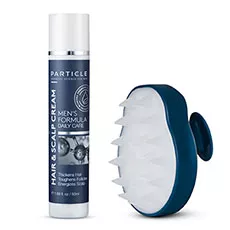
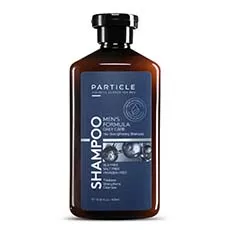
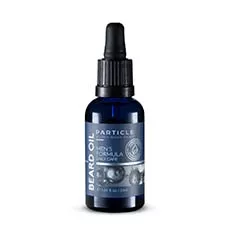
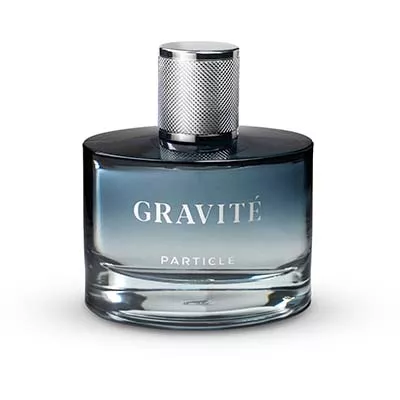

 gb
gb















